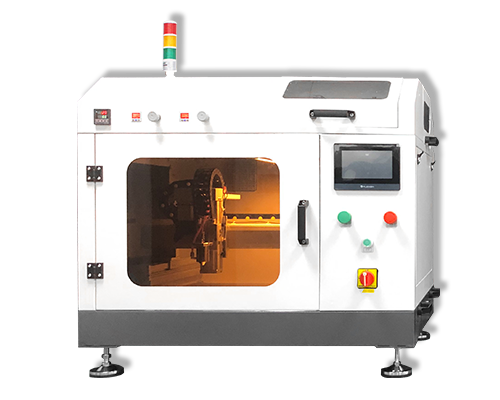Microfluidics
Microfluidics is the manipulation of fluids at the micron level, and it is essentially a technology, a platform. We use this tool for new explorations and industrial applications. At this scale, fluids have phenomena that macroscopic fluids do not possess, such as laminar flow. Secondly, microfluidics can be used to generate and control microdroplets very easily; at the same time, since the size of cells and macromolecules (proteins, nucleic acids, etc.) are also in this range, the application of microfluidics in the biological field is also very important. widely. Precision, miniaturization and automation are its characteristics and the goal it pursues.
In order to answer this question more clearly, it can also be considered from two aspects: research field and industrial application.
From a research point of view, microfluidics should be very broad, from material selection, preparation, surface treatment, to the realization of local functions of microfluidic chips, to fluid drive, mixing, separation, detection, and finally the integration of functions And subsequent applications can be used as a starting point for microfluidic research.
At present, the research of microfluidics mainly focuses on biological applications, but it has applications in chemistry, fluid physics, new materials and other fields. From the perspective of industrial application, microfluidics is currently mainly focused on the analysis of cells, proteins, genes, etc.

Ultrasonic spray can be used to deposit active and inactive coatings on microfluidics and other diagnostic and medical test kits. Expanding technologies in point-of-care, in-vitro, and laboratory diagnostic device coatings has led to increased need for precision coatings of active and non-active layers in manufacturing these devices. Ultrasonic nozzles can spray in any direction, coating targeted areas, complex 3 dimensional-shaped devices, and small components uniformly with very little overspray. Ultrasonic spray coatings are highly controllable, offering very high transfer efficiency for precise thin films of solutions or suspensions such as biopolymers, proteins, EDTA, Heparin, amino acids, enzymes, blood plasma and preservatives.
